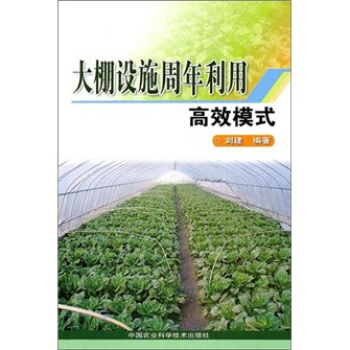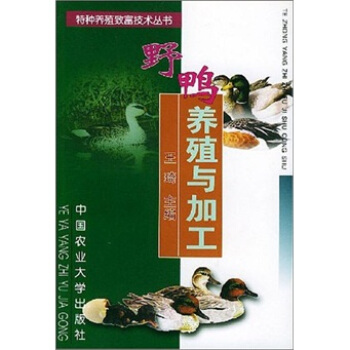具體描述
內容簡介
《新編豬病診療手冊》共11章,全麵係統地闡述瞭豬病的基本概念和防製要領,對已發現的病毒病、細菌病、寄生蟲病、營養代謝病、中毒病、應激綜閤徵、繁殖類病、內科病、外科病、外科手術等100多種豬病,每個病從病因、流行特點、主要癥狀、剖檢特徵、實驗室診斷和防製要點等方麵作瞭重點而明確的敘述。其中不乏有常見病和疑難癥,並介紹瞭一些國內外近年來新發現的豬病。在編寫形式上有獨特或彆緻之處,有異於一般編寫程序,既有分類對比,又有歸納綜閤,便於真切參閱和牢固掌握,如寄生蟲病、內科病、繁殖類病等章節。��
《新編豬病診療手冊》撰寫力求新穎、實用、全麵,藉鑒瞭國內外最新科研成果,取精於宏凝聚成書。全書資料豐實,文句簡明,且富有科學性、實用性、針對性,適用於廣大養殖戶和畜牧獸醫科技工作者參閱。 目錄
第一章 概述�í�
一、豬傳染病的傳染過程�í�
(一)豬傳染病的基本特徵�í�
(二)豬傳染病的臨診特點�í�
(三)傳染的類型�í�
二、豬傳染病的流行過程�í�
(一)流行過程的三個基本環節�í�
(二)疫源地�í�
三、臨診診斷�í�
(一)問診�í�
(二)聽診�í�
(三)視診�í�
(四)觸診�í�
(五)叩診�í�
(六)體溫檢查�í�
四、屍體剖檢�í�
五、病料的采取、保存和送檢�í�
(一)一般注意事項�í�
(二)病料的采取�í�
(三)病料的保存�í�
(四)病料的送檢�í�
六、豬病快速診斷新技術�í�
七、防製措施�í�
八、流行病學分析常用的頻率指標�í�
九、豬對疫苗的不良反應和預防�í�
十、我國三類豬疫病病種名錄和動物疫情的處理程序�í�
第二章 病毒性傳染病�í�
一、豬瘟�í�
二、非洲豬瘟�í�
三、豬傳染性胃腸炎�í�
四、豬流行性腹瀉�í�
五、豬輪狀病毒病�í�
六、豬圓環病毒感染�í�
七、豬流行性感冒�í�
八、豬巨細胞病毒感染�í�
九、豬乙型腦炎�í�
十、豬細小病毒感染�í�
十一、豬繁殖與呼吸綜閤徵�í�
十二、豬腸病毒感染�í�
十三、豬腦心肌炎病�í�
十四、豬傳染性腦脊髓炎�í�
十五、豬血凝性腦脊髓炎�í�
十六、狂犬病�í�
十七、豬僞狂犬病�í�
十八、藍眼病�í�
十九、豬腺病毒感染�í�
二十、口蹄疫�í�
二十一、豬痘�í�
二十二、豬水皰病�í�
二十三、豬水皰性疹�í�
二十四、豬水皰性口炎�í�
第三章 細菌性傳染病�í�
一、豬肺疫�í�
二、豬黴形體肺炎�í�
三、豬接觸傳染性胸膜肺炎�í�
四、豬傳染性萎縮性鼻炎�í�
五、炭疽�í�
六、豬副嗜血杆菌病�í�
七、衣原體病�í�
八、豬大腸杆菌病�í�
九、豬副傷寒�í�
十、豬梭菌性腸炎�í�
十一、豬痢疾�í�
十二、豬鏈球菌病�í�
十三、葡萄球菌感染�í�
十四、李氏杆菌病�í�
十五、破傷風�í�
十六、豬丹毒�í�
十七、惡性水腫�í�
十八、結核病�í�
十九、鈎端螺鏇體病�í�
二十、壞死杆菌病�í�
二十一、豬鼻支原體引起的多發性漿膜炎和關節炎�í�
二十二、豬滑液支原體關節炎�í�
二十三、布魯菌病�í�
二十四、附紅細胞體病�í�
二十五、豬的皮膚真菌病�í�
二十六、豬的係統真菌病�í�
二十七、豬的全身性真菌病�í�
二十八、豬的其它真菌病�í�
第四章 寄生蟲病�í�
一、吸蟲病�í�
二、縧蟲病�í�
三、綫蟲病�í�
四、棘頭蟲病�í�
五、原蟲病�í�
六、外寄生蟲�í�
第五章 營養代謝病�í�
一、蛋白質和氨基酸缺乏癥�í�
二、新生仔豬低血糖癥�í�
三、黃脂病�í�
四、硒缺乏癥�í�
五、鐵缺乏癥�í�
六、鈣和磷缺乏癥�í�
七、鋅缺乏癥�í�
八、維生素A缺乏癥�í�
九、維生素B��1缺乏癥�í�
十、維生素B��2缺乏癥�í�
第六章 中毒病�í�
一、麥角中毒�í�
二、亞硝酸鹽中毒�í�
三、食鹽中毒�í�
四、黴飼料中毒�í�
五、菜子餅中毒和棉子餅中毒�í�
六、氟及氟化物中毒�í�
七、有機磷中毒�í�
八、甘薯黑斑病中毒�í�
九、馬鈴薯中毒�í�
第七章 應激綜閤徵�í�
一、應激學說簡述�í�
二、應激時豬的臨診錶現�í�
三、應激敏感豬的檢測�í�
四、應激綜閤徵的防治�í�
五、皮特蘭種豬應激病的預防措施�í�
第八章 繁殖期疾病�í�
一、不孕癥的源頭�í�
(一)初情期延遲的因素�í�
(二)不發情(乏情)�í�
(三)連續發情�í�
(四)卵巢囊腫�í�
(五)持久黃體�í�
(六)先天性不孕�í�
二、妊娠期疾病�í�
(一)死胎�í�
(二)流産�í�
(三)陰道齣血�í�
三、分娩期疾病�í�
(一)難産�í�
(二)胎衣不下�í�
四、産後疾病�í�
(一)陰道脫齣、子宮內翻和子宮脫齣�í�
(二)子宮內膜炎�í�
(三)産後敗血癥和膿毒血病�í�
(四)産後癱瘓�í�
(五)乳房炎�í�
(六)母豬無乳綜閤徵�í�
(七)産後食欲不振或不食�í�
五、母豬的繁殖障礙�í�
六、公豬的繁殖障礙�í�
七、圍産期仔豬的死因及防製�í�
(一)斷奶前死亡率�í�
(二)對子宮外環境的適應�í�
(三)與分娩有關的死亡�í�
(四)分娩後的死亡率�í�
(五)降低圍産期仔豬死亡的飼養管理措施�í�
第九章 內科病�í�
一、胃腸卡他�í�
二、胃腸炎�í�
三、胃潰瘍�í�
四、腸便秘�í�
五、腸變位�í�
六、呼吸道病�í�
七、中暑�í�
八、新生仔豬溶血病�í�
第十章 外科病�í�
一、結膜炎�í�
二、膿腫�í�
三、蜂窩織炎�í�
四、疝�í�
五、直腸脫�í�
六、風濕病�í�
七、豬傳染性關節炎�í�
八、外傷性跛行�í�
第十一章 外科手術�í�
一、豬的保定�í�
二、手術消毒�í�
三、豬的麻醉�í�
四、手術基本技能�í�
五、卵巢摘除術�í�
六、睾丸摘除術�í�
七、公豬隱睾切除術�í�
八、閹割後的繼發癥�í�
九、剖腹産術�í�
附錄�í�
一、動物用中西醫新藥簡介(5個單位的)�í�
二、生豬傳染病防製示意圖�í�
三、豬的建議免疫程序�í�
四、豬場對體內外寄生蟲病的防製�í�
五、豬每天水需要量�í�
六、豬場不同管理水平生産成績�í�
七、藥物性飼料含量換算錶�í�
八、用藥劑量與之相關的比例�í�
九、部分國傢及地區明令禁用或重點監控的獸藥及其他化閤物清單�í�
十、中國飼料成分及營養價值錶�í�
參考文獻 前言/序言
《 farm management essentials: optimizing animal health and productivity》 In the dynamic world of modern agriculture, efficiency and sustainability are paramount. For those involved in animal husbandry, understanding the intricate balance of farm management practices is crucial for both the well-being of livestock and the economic viability of their operations. This comprehensive guide, "Farm Management Essentials: Optimizing Animal Health and Productivity," delves deep into the foundational principles and advanced strategies that underpin successful animal farming. It is meticulously crafted to equip farm owners, managers, and aspiring agriculturalists with the knowledge and tools necessary to navigate the complexities of animal production in the 21st century. This book is not a superficial overview but a detailed exploration of the multifaceted aspects of farm management. It begins by laying a robust groundwork, emphasizing the critical importance of strategic farm planning. This foundational chapter moves beyond mere livestock numbers, examining how to develop long-term vision that encompasses market trends, resource availability, and environmental considerations. Readers will learn to analyze their unique farm context, identifying strengths, weaknesses, opportunities, and threats (SWOT analysis) to create a roadmap for sustainable growth. This includes understanding how to integrate different production cycles, manage financial resources effectively, and adapt to evolving agricultural policies and regulations. The emphasis is on proactive planning, rather than reactive problem-solving, fostering resilience and foresight in farm operations. A significant portion of the guide is dedicated to the biological and physiological needs of livestock. This is not just about feeding and watering; it's about a profound understanding of animal welfare and production biology. Chapters are devoted to dissecting the nutritional requirements of various species, from essential macro and micronutrients to the specific dietary needs at different life stages – from weaning to maturity and reproduction. The text explores the science behind feed formulation, emphasizing the use of high-quality ingredients, the principles of energy and protein metabolism, and the importance of gut health for nutrient absorption and overall immunity. Beyond nutrition, the book delves into the intricacies of animal behavior, recognizing that understanding an animal's natural instincts and social dynamics is key to minimizing stress and optimizing productivity. This includes exploring environmental enrichment, social grouping strategies, and the recognition of behavioral indicators of well-being or distress. The impact of housing systems on animal behavior and health is thoroughly examined, contrasting different approaches and offering insights into designing facilities that promote natural behaviors and reduce the risk of injury or disease. Disease prevention and biosecurity form the bedrock of any successful livestock operation. This guide provides an exhaustive treatment of these critical areas. It moves beyond basic hygiene to encompass a comprehensive biosecurity plan, detailing measures to prevent the introduction and spread of diseases. This includes rigorous protocols for animal sourcing, visitor management, equipment sanitation, and waste disposal. The book systematically outlines common infectious and non-infectious diseases affecting various livestock species, focusing on early detection and intervention. Rather than focusing on specific treatments (which can become outdated or vary by region), the emphasis is on understanding the principles of disease pathogenesis, the role of the immune system, and the importance of a proactive approach to herd health. This involves a detailed exploration of vaccination programs, their scientific basis, and how to implement them effectively. Furthermore, the guide emphasizes the critical role of veterinary collaboration, outlining how to build a strong working relationship with veterinarians, interpret diagnostic information, and implement veterinary recommendations efficiently. The economic impact of disease outbreaks is quantified, underscoring the financial imperative of robust biosecurity and preventative health measures. The management of reproductive cycles and genetic improvement is another vital pillar of efficient animal production. This book offers in-depth guidance on understanding and optimizing breeding programs. It covers topics such as estrus detection, artificial insemination techniques, pregnancy diagnosis, and calving/farrowing/lambing management. The genetic aspects are explored through the lens of selecting for desirable traits such as disease resistance, growth rate, feed efficiency, and product quality. Readers will learn about different genetic selection methods, the interpretation of estimated breeding values (EBVs), and the long-term implications of genetic choices on farm productivity and profitability. The book emphasizes the importance of meticulous record-keeping in tracking reproductive performance and genetic progress, allowing for data-driven decision-making. Environmental stewardship and sustainability are no longer optional but essential components of responsible farm management. This section explores how to minimize the environmental footprint of animal agriculture. It addresses topics such as manure management, waste reduction, water conservation, and the responsible use of resources. The guide provides practical strategies for composting, biogas production, and nutrient management to reduce pollution and enhance soil health. The impact of livestock operations on greenhouse gas emissions is examined, along with strategies for mitigation. Furthermore, it delves into the ethical considerations of animal production, promoting humane practices and animal welfare as integral to sustainable operations. The importance of integrated pest management and the protection of biodiversity on and around the farm are also discussed. Operational efficiency and technology integration are key to maximizing productivity and profitability. This book explores how to streamline farm operations through effective labor management, equipment maintenance, and the strategic adoption of technology. Readers will gain insights into optimizing daily routines, implementing efficient workflow processes, and the principles of lean farming. The guide critically examines the role of modern technologies such as precision agriculture, automated feeding systems, environmental monitoring sensors, and herd management software. The focus is on understanding how these technologies can be leveraged to improve decision-making, reduce labor costs, enhance animal monitoring, and optimize resource allocation. The book stresses the importance of a phased approach to technology adoption, ensuring that investments align with farm goals and provide a tangible return. Finally, the book addresses the crucial aspects of financial management and risk mitigation. This includes detailed guidance on budgeting, cost accounting, and financial analysis. Readers will learn to track income and expenses, calculate key performance indicators (KPIs), and understand the financial health of their operation. The guide explores various funding sources, investment strategies, and the importance of cash flow management. Risk mitigation strategies are explored comprehensively, encompassing market price volatility, weather-related disruptions, disease outbreaks, and regulatory changes. This includes understanding insurance options, diversification strategies, and the development of contingency plans. The ultimate goal is to empower farm managers with the financial acumen and strategic foresight to ensure the long-term success and stability of their livestock enterprises. "Farm Management Essentials: Optimizing Animal Health and Productivity" is more than just a collection of advice; it is a comprehensive framework for building a resilient, profitable, and ethically responsible animal farm. Its detailed approach ensures that readers are equipped with the knowledge and practical skills to excel in the ever-evolving landscape of modern agriculture.
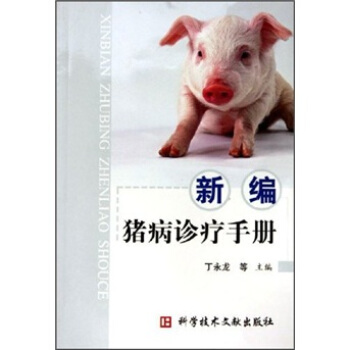


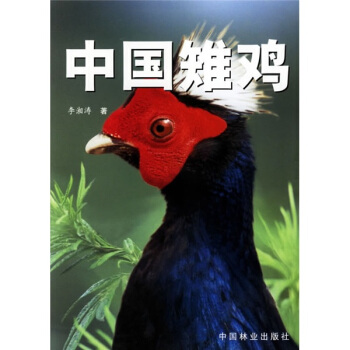
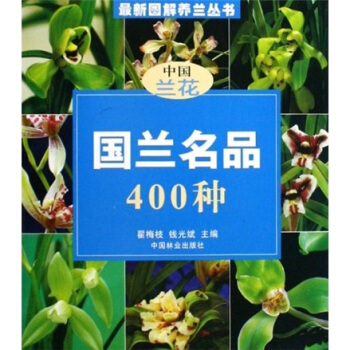
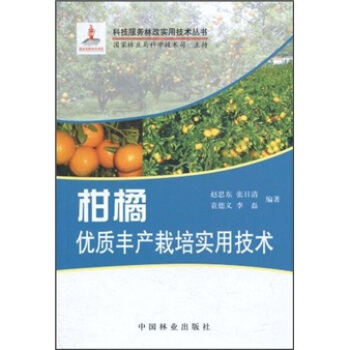
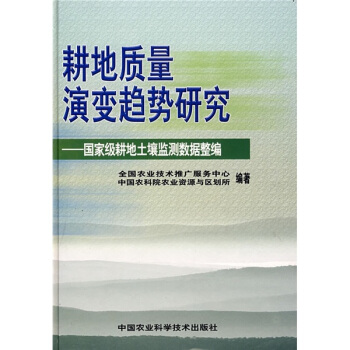
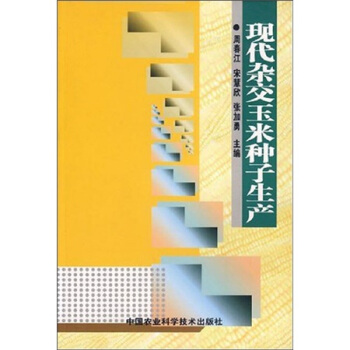
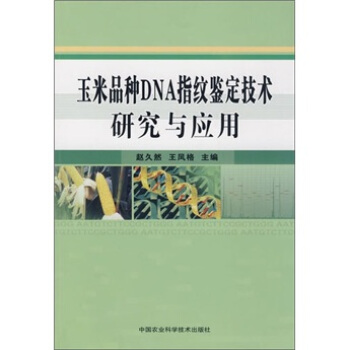
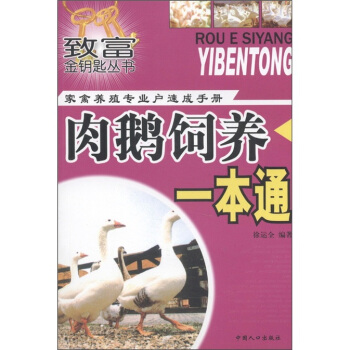

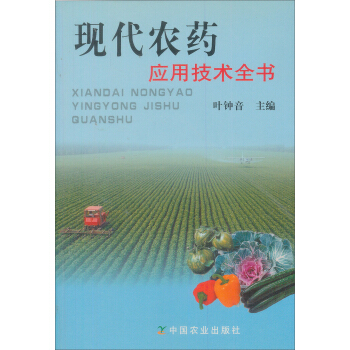
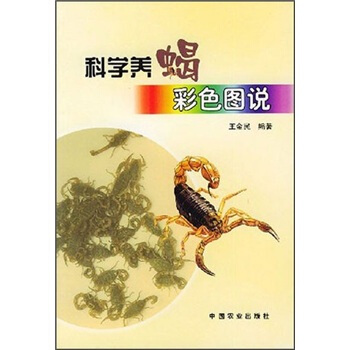
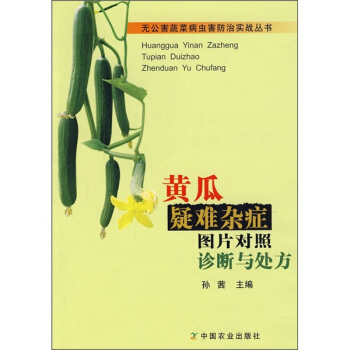

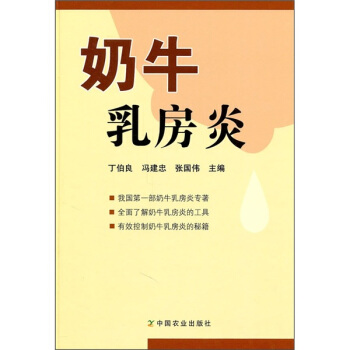
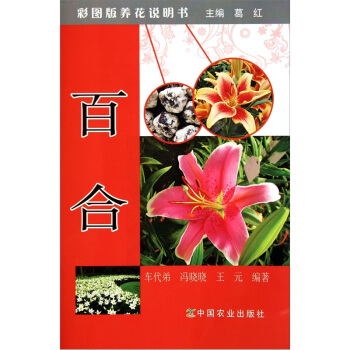
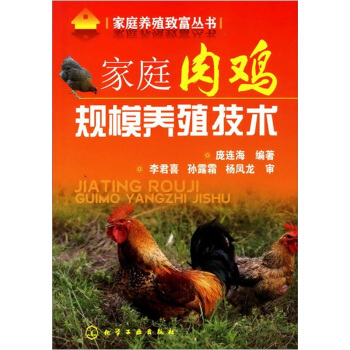
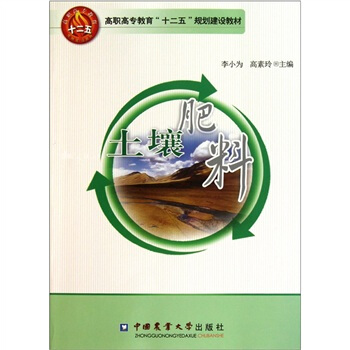
![設施菜田退化土壤修復與資源高效利用 [Management of Degraded Vegetable Soils in Greenhouses] pdf epub mobi 電子書 下載](https://pic.tinynews.org/10705462/807d7088-68b0-4605-83f0-08b505848ee6.jpg)

